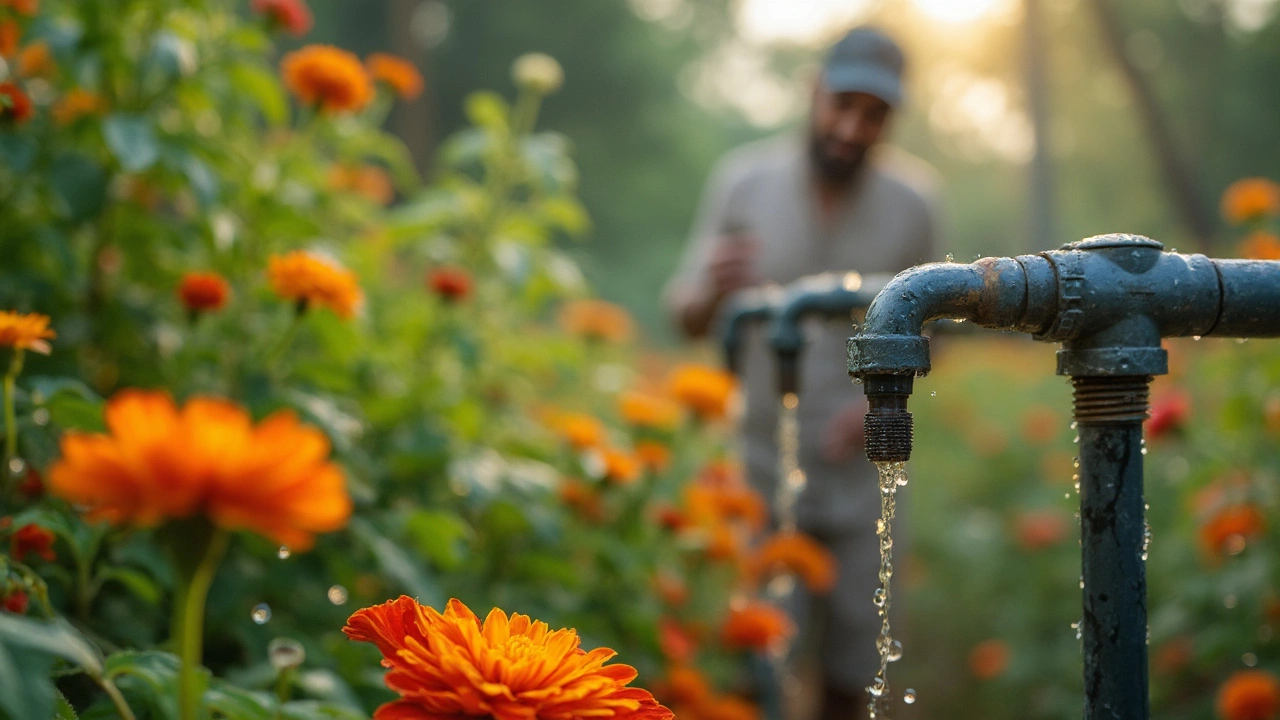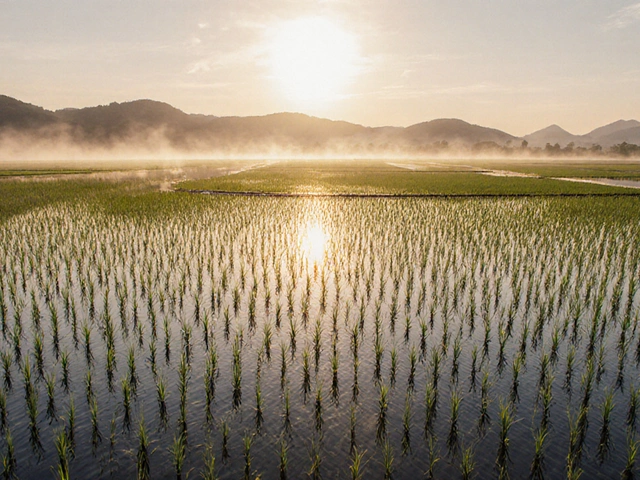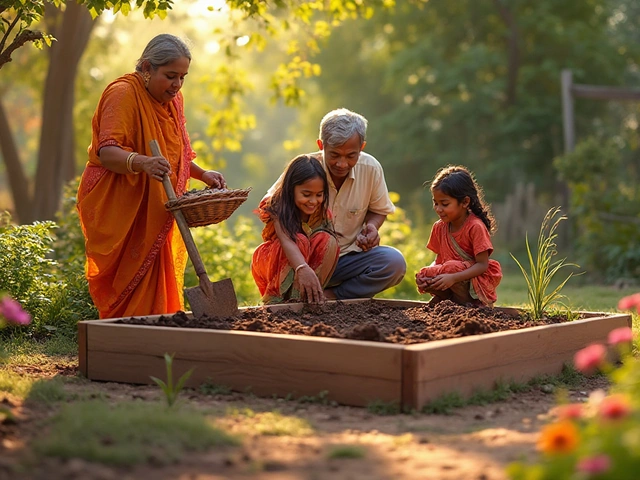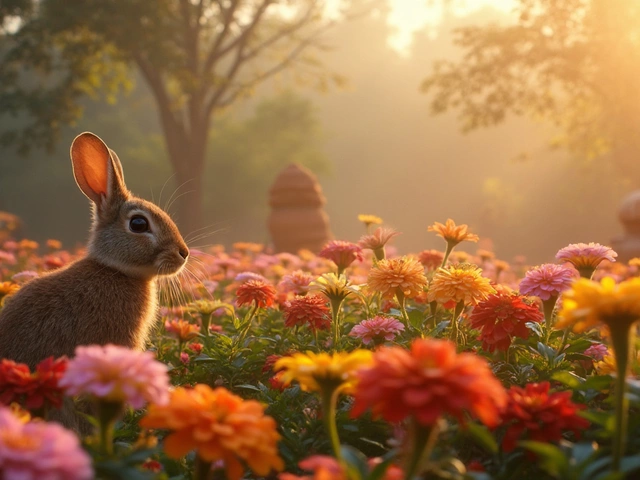There’s nothing more annoying than setting up a drip line, adding a bunch of drippers—and then half of them just dribble while the rest barely spit out any water. If you’ve ever found yourself scratching your head, staring at a line of thirsty tomatoes, you’re not alone. Here’s the real deal: the number of drippers you can run on one line flat-out depends on two big things—your water pressure and your flow rate.
You might see kits that promise to water an entire garden, but what they don’t tell you is that every dripper and every foot of tubing puts more strain on your system. When you push it too far, the drippers at the end get less water, or sometimes nothing at all. So before you roll out more lines and poke in more emitters, it’s worth knowing your true limit—otherwise, you’re just wasting water and cash.
- Why Limit Matters: Water and Pressure Basics
- Calculating Your Drippers: The Simple Formula
- Common Mistakes and How to Avoid Them
- Pro Tips for Expanding Your System
Why Limit Matters: Water and Pressure Basics
If you just hook up as many drippers as you want to one line, you’re pretty much setting yourself up for trouble. Here’s why: Drip irrigation works because of water pressure pushing water through each dripper, but every extra dripper drops that pressure a little more. If you pass the sweet spot, your plants at the end of the line may end up bone dry, while the ones near the start get all the juice.
It all starts with two numbers—your water source’s flow rate (usually measured in gallons per hour, or GPH) and your system’s pressure (measured in psi, pounds per square inch). Most home garden setups push out water at about 25-30 psi with a basic pressure regulator installed. Each standard dripper usually spits out about 1 or 2 GPH, but there are drippers as slow as 0.5 GPH and others running 4 GPH for thirstier plants.
Let’s break it down with a quick comparison for different dripper and tubing sizes:
| Typical Tubing Size | Recommended Max Drippers (1 GPH) | Line Length Limit | Pressure |
|---|---|---|---|
| 1/4 inch | 10-15 | Up to 30 feet | Up to 30 psi |
| 1/2 inch | 200-220 | Up to 200 feet | 25-30 psi |
| 3/4 inch | 400-450 | Up to 480 feet | 30+ psi |
Notice how bigger tubing isn’t just about running farther—it also spreads your water more evenly when you have a bunch of drippers. If you overload a small line, the pressure drops off fast, and the last drippers run almost dry.
A common trick is to use a drip irrigation pressure regulator to keep things balanced. Most solid setups run best with a pressure regulator to stop pressure from blasting the first drippers too hard while leaving the last ones with nothing. Don’t forget: if your main water source is weak, there’s only so much the system can do.
If you notice uneven watering, it’s almost always because of overstretched lines, too many emitters, or weak pressure from the start. So, before adding a sea of drippers, get a handle on those basic limits—your plants (and water bill) will thank you for it.
Calculating Your Drippers: The Simple Formula
Alright, here’s how to get real about how many drippers your line can actually handle. To do this, you need two numbers: your water source’s flow rate (usually measured in gallons per hour, GPH) and the flow rate of each dripper. Most home spigots in the US push out about 240 GPH, but it can vary. To get your exact number, grab a five-gallon bucket, open your tap full blast, and time how many seconds it takes to fill. A bit of mental math, and you’ve got your GPH.
Say each dripper is rated for 1 GPH (which is common for veggies and flowers). With a 240 GPH source, the theoretical max is 240 drippers. But here’s where it gets real: friction in the pipe, longer tube runs, and even minor leaks drop your line’s true capacity. As a rule of thumb, experts suggest using only about 70% of your total flow to keep things steady all the way to the end of the line.
- Step 1: Find your source’s GPH.
- Step 2: Check your dripper’s GPH rating.
- Step 3: Multiply dripper GPH by the number of drippers you want.
- Step 4: Keep that total under 70% of your source’s GPH.
For example: Source is 240 GPH. 70% of that is 168 GPH. If you’re using standard 1 GPH drippers, don’t go past 168 per line. If you’ve got 2 GPH drippers, cut that number in half. It’s pretty simple once you run the numbers.
As the folks at DripWorks say:
“The number of emitters you can use is limited by your available flow rate and pressure, not by the pipe size alone.”Don’t let marketing or even pipe size convince you otherwise—if your flow or pressure can’t keep up, it just won’t work right.
If you want to get even more precise, good drip lines usually handle about 200 feet before pressure drops get tricky. Split longer runs into several shorter ones and avoid going overboard on a single line. Drip irrigation works best when you match your system to your water source, and not the other way around.
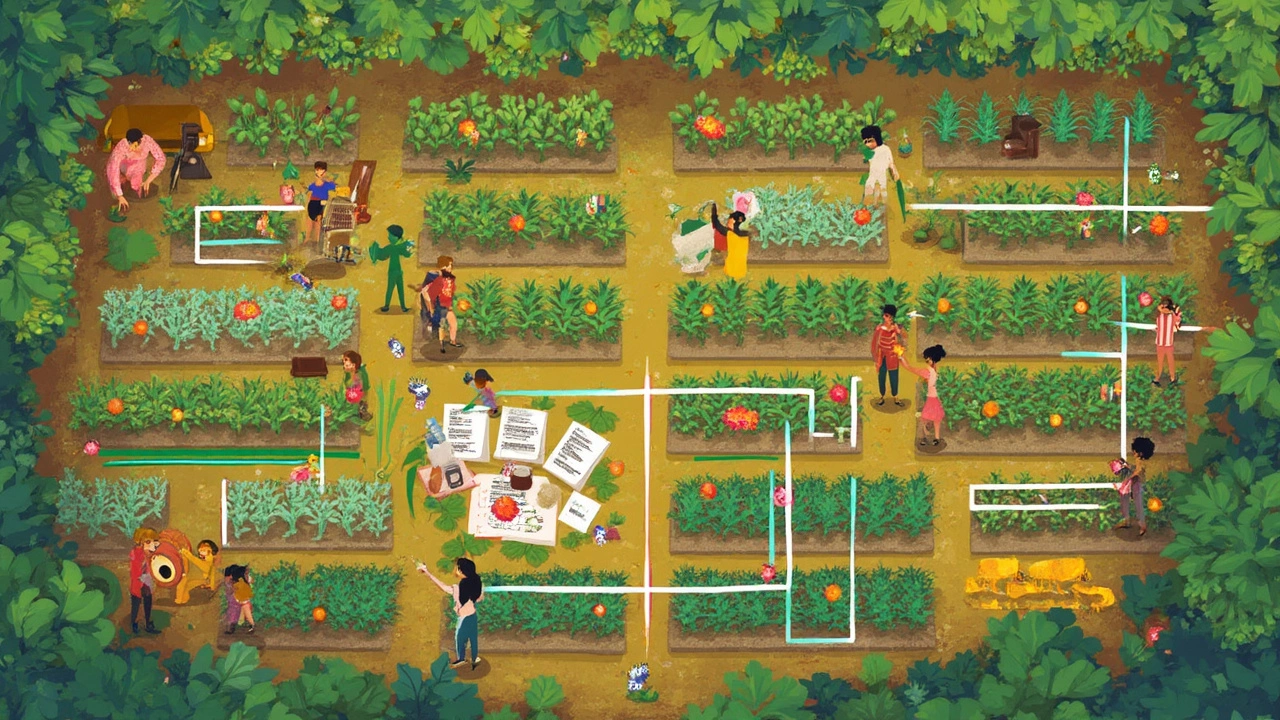
Common Mistakes and How to Avoid Them
Even the most careful folks mess up drip irrigation setups, especially when guessing how many drippers will work out on a line. Mixing and matching parts or adding too many emitters never ends well. Let’s break down what actually goes wrong and how to dodge these slip-ups before your veggies pay the price.
- Ignoring Flow Rate Limits: The most common mistake is ignoring how much water your system can actually push through a line. If your tap, hose bib, or mainline only delivers 200 gallons per hour (gph), and you stick 100 drippers at 2 gph each, you’ll fail—easy math shows that needs 200 gph, leaving zero margin for leaks or pressure drops.
- Mixing Dripper Types: Plugging different flow drippers (like 1 gph and 4 gph on the same line) is a rookie move. Lower-flow drippers close to the water source soak your plants, while end-of-line or higher-flow emitters starve.
- Running Lines Too Long: Long lateral lines (like over 200 feet for 1/2" tubing) cut pressure to almost nothing at the far end. This isn’t usually because of dripper count, but because friction in the pipe eats up the pressure you need for a consistent drip.
- Forgetting Filters: A clogged dripper doesn’t deliver any water. People often skip a filter at the start of their system, thinking their water is “clean enough.” Even small sand or debris louses up your whole setup.
| Mistake | What Happens | How to Fix |
|---|---|---|
| Too Many Drippers | Poor flow, uneven watering | Stick within your system's max total gph |
| Mixing Dripper Sizes | Some plants flood, others dry out | Use the same flow dripper throughout a single line |
| Long Lateral Lines | No pressure at far end | Keep lateral lines short, or use thicker tubing |
| Skipping Filters | Clogged drippers, zero flow | Install a filter right at the water source |
One more big one—folks often don’t test the system before planting. It’s smart to run your drip line with all emitters open, watching for weak flow or drippers that don’t work. Adjust or add a pressure regulator if the first emitter gushes and the last one barely drips. That way, you’re not stuck digging up lines after planting day.
Remember, when setting up a drip irrigation system, it pays to measure, plan, and double-check every part before locking it in. Stop problems early, and you’ll have healthy plants without wasting water or money.
Pro Tips for Expanding Your System
If you want to grow your drip irrigation setup beyond the basics, you’ve got to think smart—otherwise, you’ll end up either flooding your yard or starving half your plants. Here are a few tips you actually want to use:
- Upgrade your tubing diameter: Standard 1/4" drip tubing is fine for short runs and a few drippers. But if you’re planning to add more than 12–15 drippers, jump to 1/2" mainline. The wider the tube, the less friction, which means your farthest drippers still get what they need.
- Divide and conquer lines: Don’t put too many drippers on one long line. Split your system into zones using a manifold or tee connectors. This way, each section gets solid pressure, and you can water different plant types on their own schedule.
- Try pressure compensating drippers: These deliver a steady flow even with pressure drops. Perfect if your garden's got longer runs or uneven elevation. Most pressure compensating drippers are rated for 15–50 psi, and they won’t shortchange your plants if the line keeps stretching.
- Install a filter and pressure regulator: Drippers hate debris and inconsistent pressure. Filters block clogs, while a pressure regulator ensures all emitters get the right amount of water, not just the ones closest to the faucet.
- Extend with care: Know your system’s limits. For 1/2" tubing at 20 psi, a general rule is about 200 feet per zone and no more than 200 1-gph drippers per zone. Always check the manufacturer’s specs because brands can vary a lot.
Here’s a quick table showing how many 1-gph drippers you can safely run on a single line at typical pressures and tubing sizes:
| Pipe Size | Max Drippers at 15 psi | Max Drippers at 25 psi |
|---|---|---|
| 1/4" | 10–15 | 15–20 |
| 1/2" | 150–175 | 200 |
| 3/4" | Up to 480 | Up to 600 |
Remember, these numbers are for 1-gph drippers. Using higher flow emitters? You’ll need to lower the count.
The best trick pros use? Test your system. Fire it up after adding new lines and check the output at the farthest dripper using a measuring cup or just by eye. If you notice a drop, it’s time to split that run. And always leave yourself a little wiggle room for next season’s plant obsession—you know it’s coming.
